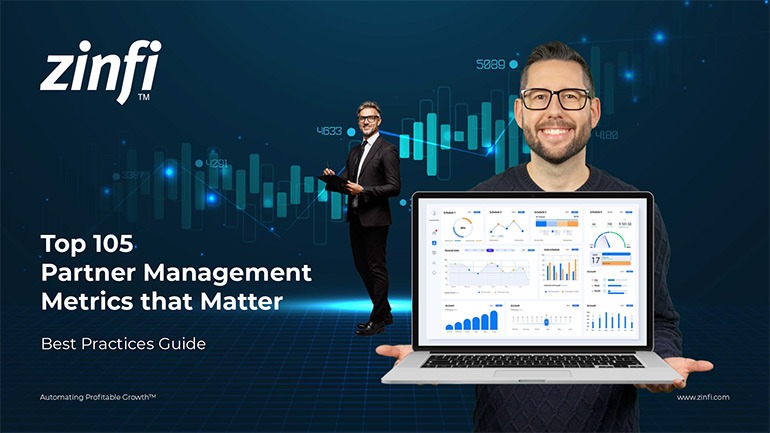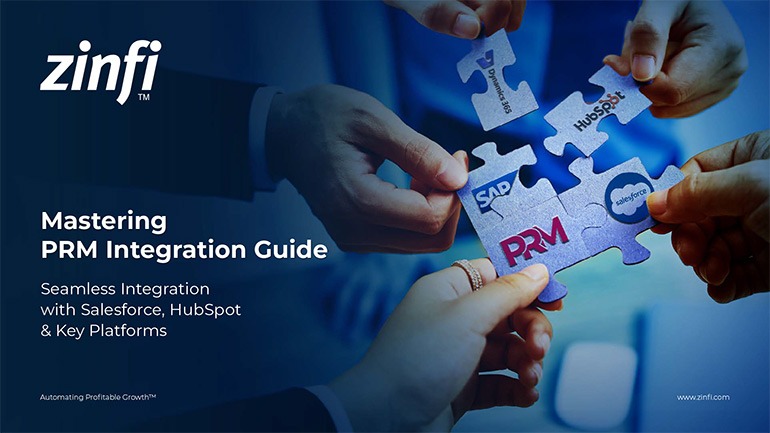Glossary - How to - Distributor Sales
How to Boost Distributor Sales?
Introduction
Understanding Distributor Sales
Distributor sales refer to the revenue generated by businesses that act as intermediaries between manufacturers and retailers or end customers. These sales are crucial for companies relying on distributors to expand their market reach, improve product availability, and drive growth.
Relevance in Partner Relationship Management (PRM)
Managing distributor sales effectively is a key component of Partner Relationship Management (PRM). Organizations that leverage PRM automation can streamline distributor communication, enhance sales performance, and optimize marketing strategies. PRM platforms provide tools for lead management, performance tracking, and training, ensuring distributors have the necessary support to increase sales.
Key Takeaways:
Strengthen Distributor Training Programs:
Training equips distributors with the knowledge needed to sell products effectively.
- Develop online and in-person training modules.
- Provide product demo videos, technical documents, and FAQs.
- Implement PRM software with integrated training portals.
Offer Sales and Marketing Support:
Providing marketing resources and sales incentives can drive distributor performance.
- Create co-branded marketing materials.
- Run joint marketing campaigns targeting specific regions.
- Offer performance-based incentives and discounts.
Enhance Communication and Collaboration:
Open communication strengthens relationships and fosters sales growth.
- Utilize PRM tools for real-time reporting and sales tracking.
- Conduct regular business reviews and strategy meetings.
- Develop an online portal for easy access to sales materials and order processing.
Optimize Inventory and Supply Chain Management:
Ensuring product availability is critical for meeting customer demand.
- Implement automated inventory tracking and restocking.
- Set up just-in-time (JIT) inventory systems.
- Use demand forecasting tools to adjust production and distribution.
Leverage Data Analytics for Sales Insights:
Data-driven decisions can significantly enhance distributor sales strategies.
- Track key performance indicators (KPIs) such as conversion rates and order values.
- Use AI-driven insights to identify growth opportunities.
- Conduct market segmentation analysis to tailor sales approaches.
Summary of Key Takeaways:
Boosting distributor sales requires a multifaceted approach that includes training, marketing support, strong communication, inventory optimization, and data analytics. PRM automation enables these strategies, ensuring distributors are well-equipped to drive sales and market expansion.
Key Examples:
- Automotive Manufacturing: Automotive parts distributors benefit from PRM solutions that provide real-time inventory tracking and technical training modules.
- Consumer Electronics: Distributors in this industry rely on product demos and joint marketing campaigns to drive sales of new gadgets and appliances.
- Energy Production: Solar panel and energy equipment distributors see improved sales through training programs and government subsidy awareness.
- Financial Services: Financial product distributors boost sales by leveraging CRM-integrated PRM tools for personalized client engagement.
- Food and Beverage: Effective supply chain management and promotional incentives enhance distributor sales in the food and beverage industry.
- Healthcare Services: Medical equipment distributors utilize PRM platforms to access updated compliance information and training.
- Information Technology: IT product distributors see sales growth through co-branded marketing efforts and value-added services.
- Pharmaceutical Development: Pharmaceutical distributors benefit from data analytics tools that track demand trends and optimize sales strategies.
- Retail Industry: Retail distributors leverage customer insights and loyalty programs to boost sales.
- Telecommunications: Telecom equipment distributors improve sales with targeted marketing campaigns and competitive pricing strategies.
Conclusion:
Boosting distributor sales requires a strategic approach incorporating training, marketing support, communication, inventory optimization, and data analytics. PRM automation is a central tool in managing these efforts, ensuring distributors have the resources to succeed. By implementing these strategies, businesses can strengthen their distributor partnerships and achieve sustained growth.
Associated Keywords:
- Distributor Sales Growth Strategies
- Increasing Sales through Distributors
- Best Practices for Distributor Sales















